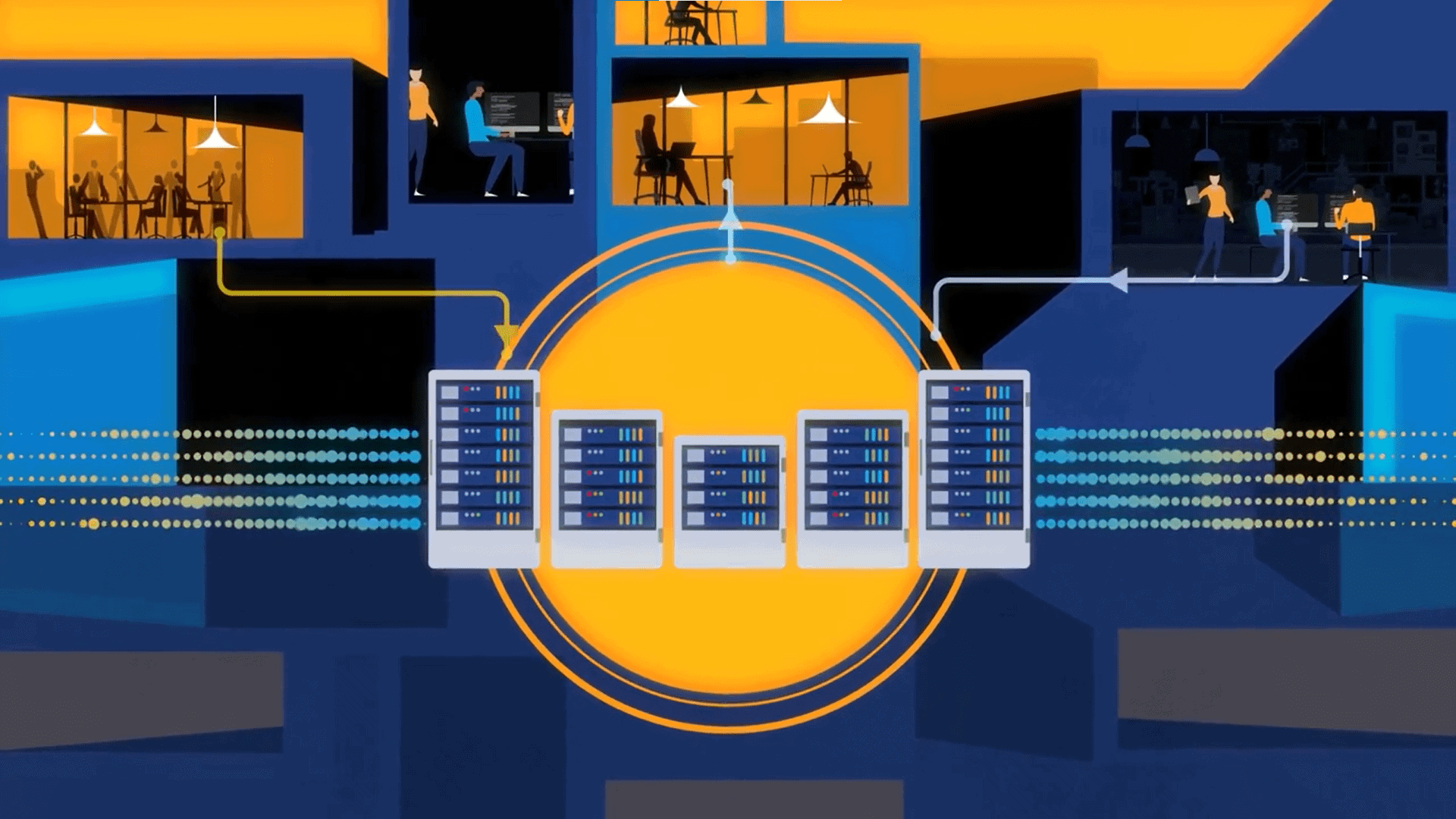
By putting affordable, modifiable humanoids into more hands, Hugging Face hopes to encourage a new generation of robotics research that (hopefully) values openness and experimentation over exclusivity.
Looks like we’re inching closer to the Rosie of our dreams. AI dev platform Hugging Face recently released two new humanoid robots designed to lower the barrier of entry into these applications. They’re both open-source, with one full-size model with articulation and one desktop version that can move its head. This is the latest from the company, which has steadily moved into the robotics field in the last few years.
Two models should arrive towards the end of this year
HopeJR contains 66 independent movements, including moving its arms and walking. It can manipulate objects and will allow companies to step into the world of robotics for just a few thousand dollars in cost.
Reachy Mini is a desktop unit equipped with a movable head and the ability to speak. Users can test AI apps, and it is expected to cost just a few hundred dollars. Both models are part of efforts to make robotics more accessible for a variety of users without deep pockets.
See also: Humanoid Robots Ready to Trot Across Factory Floors
An Open-Source Foundation creates opportunities
Much of Hugging Face’s momentum in robotics comes from its acquisition of Pollen Robotics, the team behind LeRobot, and the SO-101 robotic arm. That foundation accelerated development of HopeJR and Reachy Mini, which both reflect a thoughtful balance between advanced capability and affordability.
A critical advantage of these robots, however, is their open-source nature, which allows users to modify both software and hardware. This flexibility enables a broad spectrum of use cases, from testing machine learning models to exploring new forms of human-robot interaction. Hugging Face’s open ethos encourages transparency and invites global collaboration, turning these robots into educational platforms as much as technological tools.
HopeJR and Reachy Mini aren’t just accessible—they’re catalytic. Designed for developers, educators, and hobbyists, they represent a shift toward inclusive innovation. By putting affordable, modifiable humanoids into more hands, Hugging Face is helping bring on a new generation of robotics research that (hopefully) values openness and experimentation over exclusivity.






























